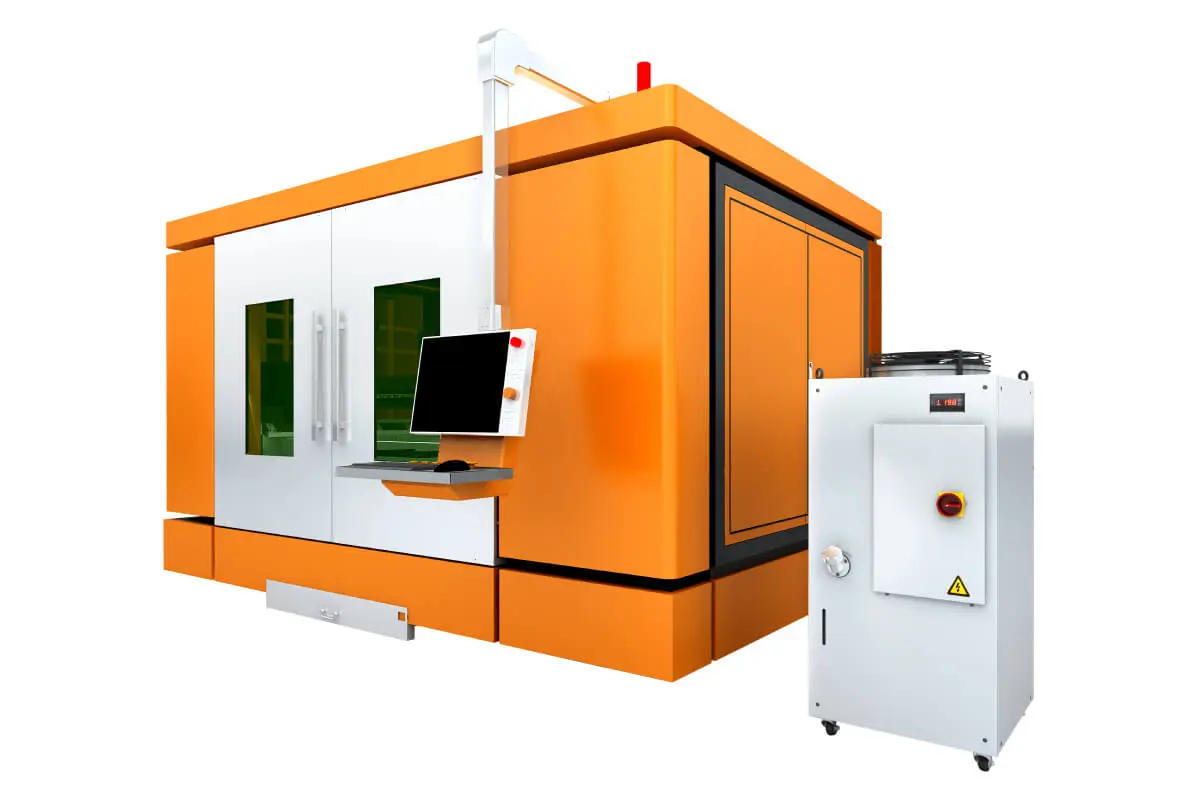[ High Speed Cutting Machine]Revolutionizing Manufacturing with High Speed Cutting Machines: Enhancing Precision and Efficiency in Industrial Processes
****

Revolutionizing Manufacturing with High Speed Cutting Machines: Enhancing Precision and Efficiency in Industrial Processes

Revolutionizing Manufacturing with High Speed Cutting Machines: Enhancing Precision and Efficiency in Industrial Processes
In today’s fast-paced manufacturing landscape, the demand for precision and efficiency has never been higher. As industries navigate the complexities of production and strive to meet rigorous quality standards, the advent of high-speed cutting machines is transforming traditional manufacturing processes. These state-of-the-art machines not only enhance productivity but also allow manufacturers to achieve incredibly precise cuts, reducing waste and improving overall output. This article delves into the characteristics, benefits, and technological advancements associated with high-speed cutting machines, illustrating why they are becoming indispensable tools in modern engineering and manufacturing environments.
High-speed cutting machines are characterized by their ability to operate at much higher speeds compared to conventional machining tools. These machines utilize advanced technologies, including computer numerical control (CNC) systems, to execute precise movements and cuts. The result is an impressive reduction in cycle times, which allows manufacturers to produce parts and components more rapidly without compromising on quality. Industries ranging from automotive to aerospace benefit from the speed and accuracy provided by these machines, enabling them to keep pace with consumer demands and market trends.
One of the standout features of high-speed cutting machines is their exceptional precision. In an era where the tolerances for manufacturing are tighter than ever, the ability to achieve sub-millimeter precision can be the difference between a successful product and one that fails to meet regulatory or safety standards. High-speed cutting machines employ sophisticated software and precise mechanical components that facilitate intricate designs and detailed specifications. This level of accuracy leads to an enhanced quality of finished products, driving customer satisfaction and establishing a competitive edge in the marketplace.

Revolutionizing Manufacturing with High Speed Cutting Machines: Enhancing Precision and Efficiency in Industrial Processes
Moreover, high-speed cutting machines contribute significantly to reducing material waste. Traditional cutting processes often result in waste material due to inefficiencies in the cutting technique or the need for secondary finishing processes. High-speed machines minimize these issues by ensuring that cuts are clean and smooth, reducing the need for additional machining or finishing. This not only conserves raw materials but also reduces costs associated with excess waste and handling.
The adaptability of high-speed cutting machines is another reason they are rapidly gaining traction across various sectors. These machines can handle a diverse range of materials, including metals, plastics, and composites, making them suitable for a wide array of applications. Whether it’s fabricating parts for electronic devices, creating components for automotive assemblies, or crafting bespoke items for custom projects, high-speed cutting machines can be configured to meet specific manufacturing requirements, lending flexibility to production lines.
Technological advancements have also played a crucial role in improving the performance of high-speed cutting machines. Innovations such as automated tool changers, high-frequency spindle motors, and closed-loop feedback systems ensure that the machines operate optimally, adapting to varying load conditions and maintaining consistent quality. Additionally, enhanced cooling systems and lubrication mechanisms reduce wear and tear on tools, extending their lifespan and enhancing productivity.
The sustainability aspect of high-speed cutting machines cannot be overlooked. As environmental concerns continue to gain prominence, manufacturers are increasingly seeking methods to reduce their carbon footprint. By enhancing efficiency, reducing material waste, and automating production processes, high-speed cutting machines play a critical role in fostering sustainable manufacturing practices. They help companies meet not only production goals but also their environmental responsibilities.
In conclusion, high-speed cutting machines are revolutionizing the manufacturing sector by offering unprecedented levels of precision and efficiency. As industries embrace these advanced technologies, they unlock new possibilities for production, driving innovation and ensuring competitiveness in a rapidly evolving market. These machines not only enhance productivity but also contribute to sustainability and reduced waste, making them essential tools for modern manufacturing. As we look to the future, the role of high-speed cutting machines in shaping manufacturing processes will undoubtedly continue to expand, setting new standards for quality and efficiency across industries. Laser Cutting Machine For Jewelry
